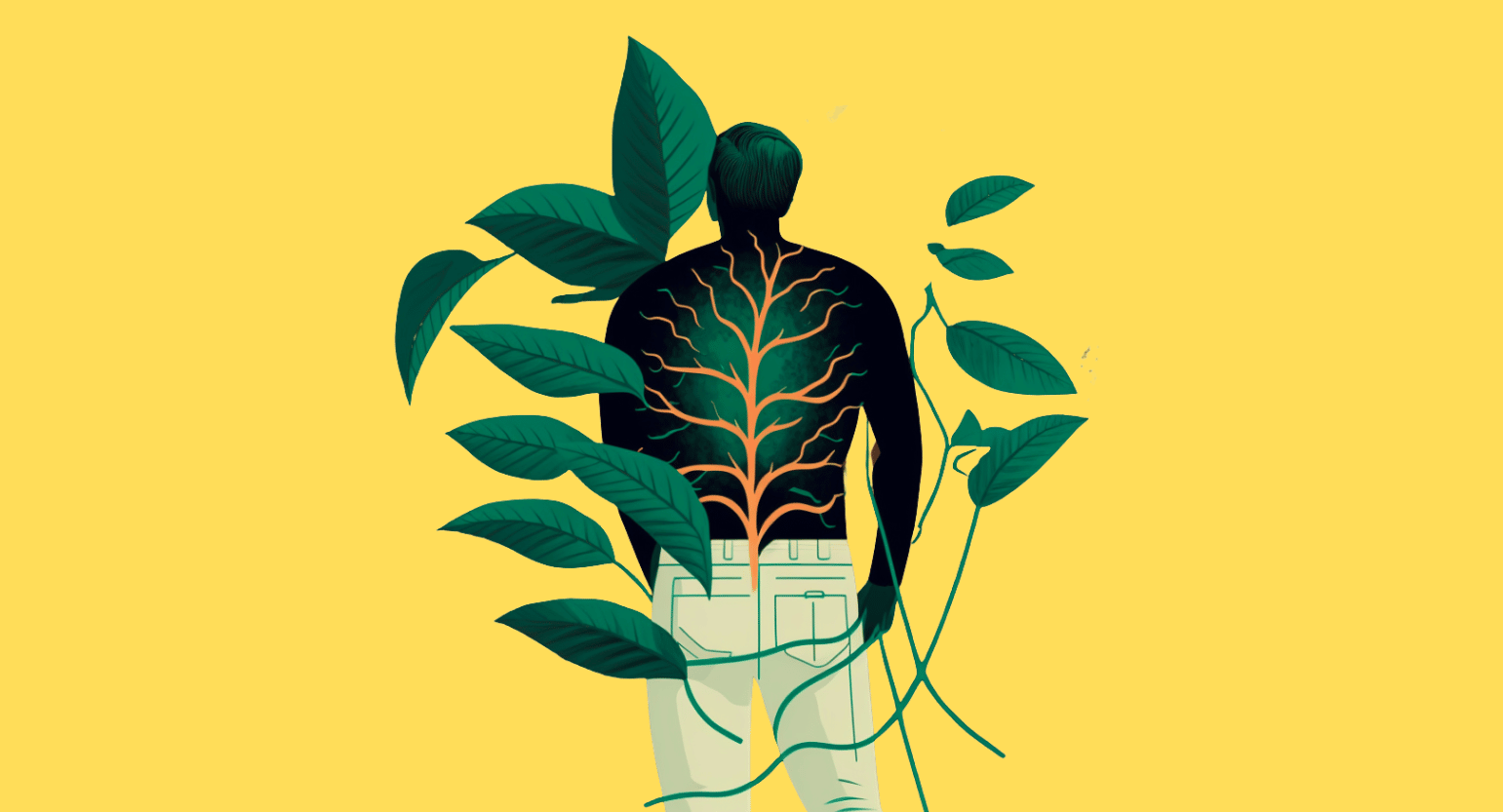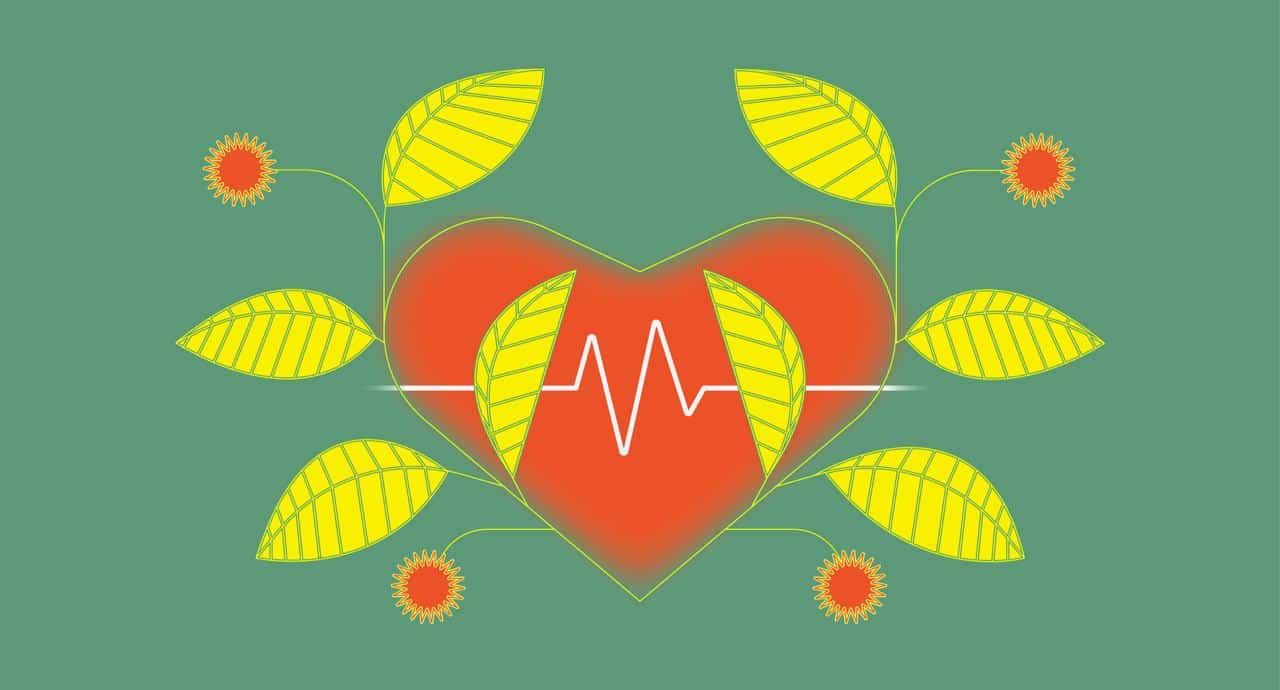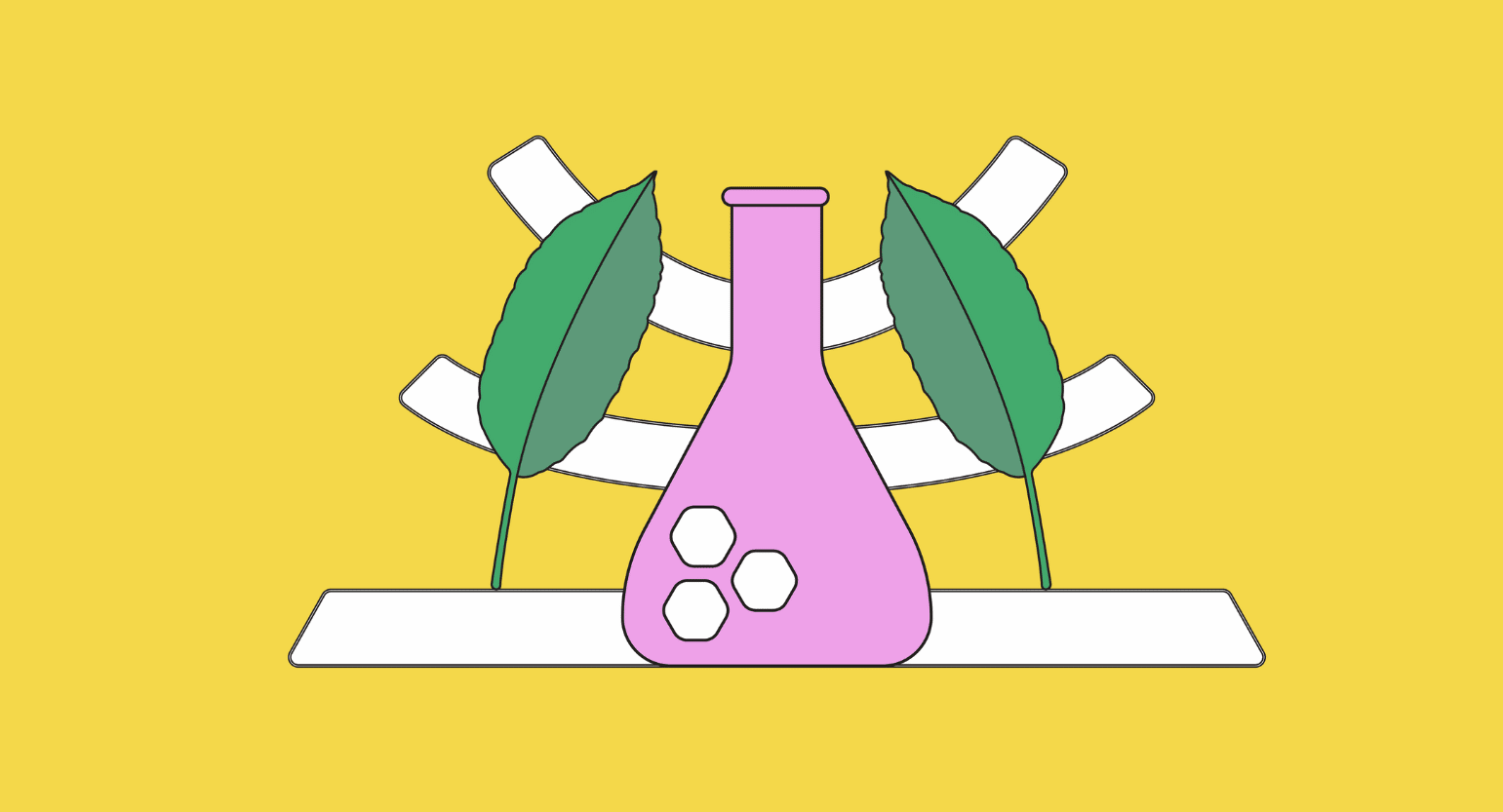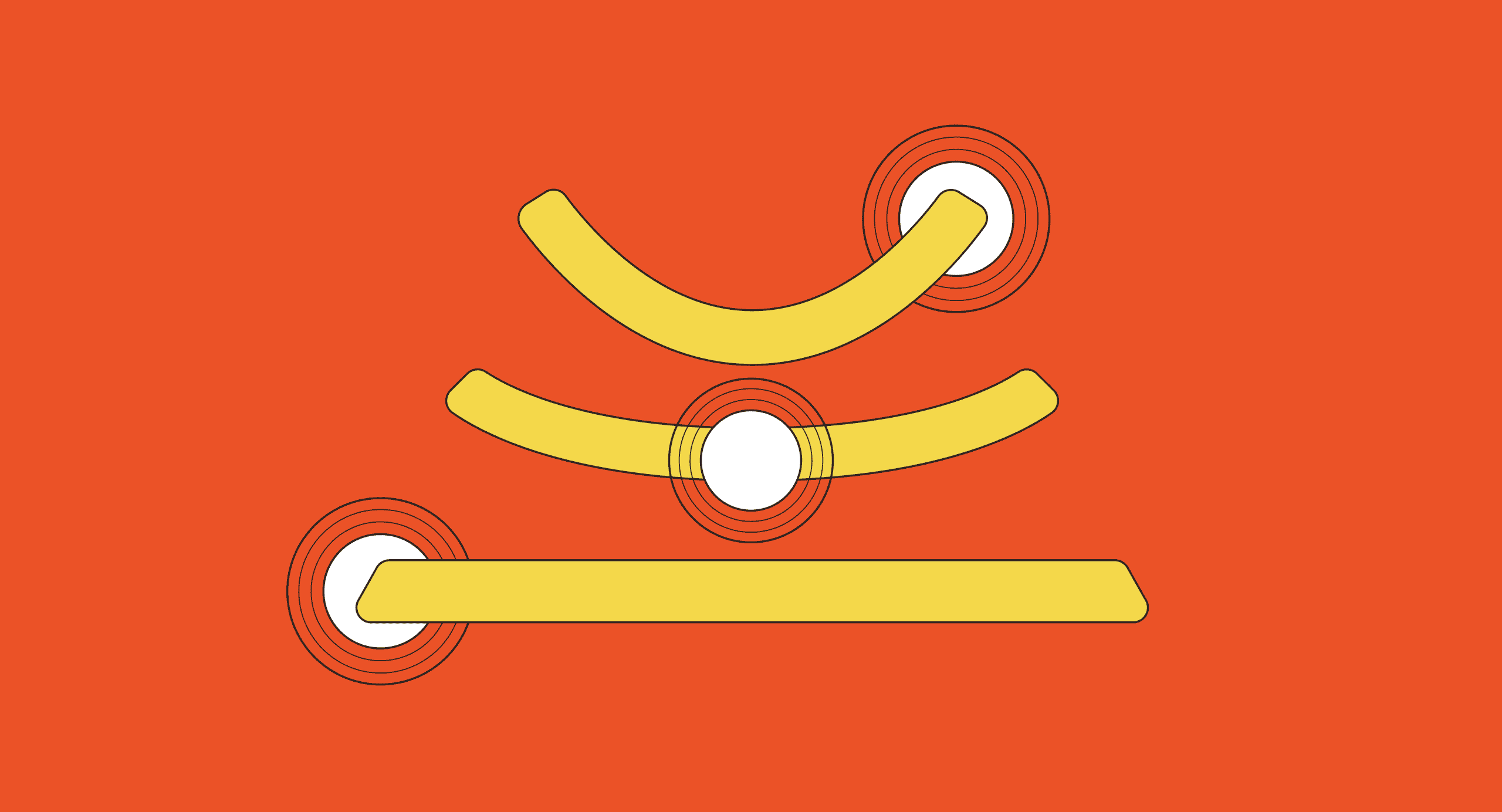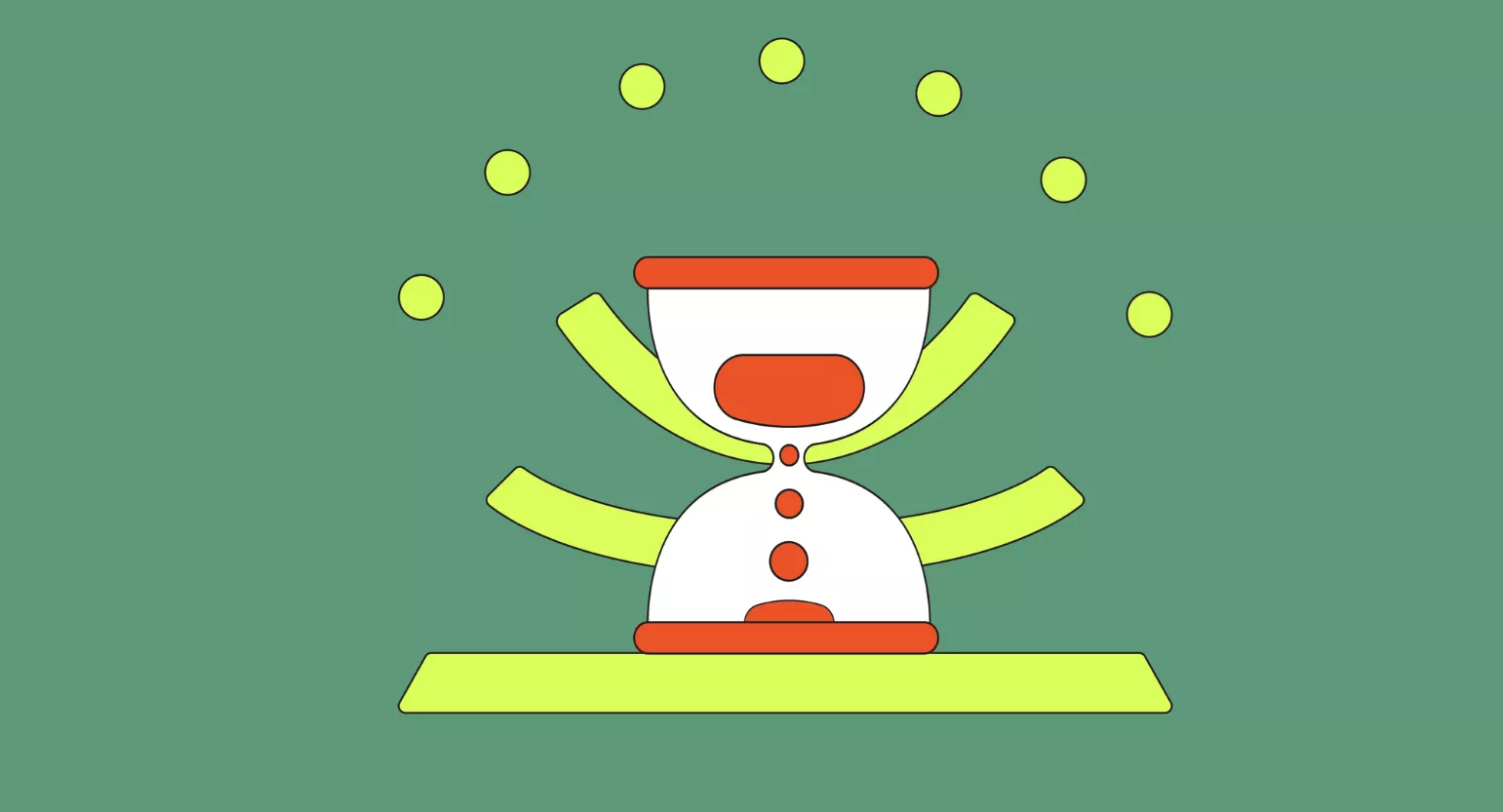What is Acute Pain?
Acute pain is provoked by a specific disease or injury and generally lasts less than thirty days. Generally, it is felt more intensely and happens at the time of injury or when a condition begins to flare up. Acute pain is associated with skeletal muscle spasms and sympathetic nervous system activation. One of the most essential characteristics of acute pain is that it goes away when its underlying cause is no longer present.
Everything you know about the importance of the pain reaction in the body, like the need for the body to alert the brain when something is wrong, has more relevance when it comes to acute pain. Essentially, acute pain is the standard, predictable pain response in the body that serves an important protective function.
Subacute Pain
Subacute pain is acute pain that has lasted at least six weeks but is not long enough to be classified as chronic pain.
This is the last stage before acute pain becomes chronic and causes long-term damage [1].
Related: Is Pain Really Necessary?
Common Treatments for Acute Pain
- Opioids are the go-to for moderate to severe acute pain, but the side effects can make treatment difficult. Medications like oxycodone, morphine, and hydrocodone can cause dizziness, vomiting, sedation, constipation, and addiction [2].
- Over-the-counter pain relievers like non-steroidal anti-inflammatory drugs (NSAIDs) and acetaminophen can help manage mild to moderate pain.
- Herbs and supplements are becoming more popular as people search for new ways to treat their pain [3]. The dangers of opioids and OTC medications are forcing people to try alternatives — with great success! Common natural pain relievers include kratom, turmeric, frankincense, and clove.
- Healthy habits can also help reduce pain. Exercise, stretching, massages, yoga, acupuncture, and simply applying a hot or cold pack are effective ways to help your body heal.
Related: Is Kratom An Opioid?

What is Chronic Pain?
Chronic pain is a very different sort of clinical entity when compared to acute pain. Acute pain serves a clear physiological purpose, while chronic pain does not. Instead of alerting the body to injury or disease, chronic pain is characterized by the fact that the pain response is not specific and lasts more than six months. Chronic pain often lasts for extended periods even after injury or disease has gone away, and it can be challenging to identify the cause of the pain.
Luckily, chronic pain is generally characterized as being of lower intensity than acute pain, but — in the end — pain response subjectivity is a significant factor. The ongoing nature of chronic pain can significantly reduce the quality of life and thus also tends to give rise to emotional factors such as depression, anger, and anxiety [4]. As opposed to acute pain, chronic pain is considered a disease state as there is no apparent physiological reason for it.
Common Treatments for Chronic Pain
Because of the dangers associated with the long-term use of many (most) medications and their overall ineffectiveness, treating chronic pain can be challenging. It requires a unique approach, but current research shows new treatments might prove helpful.
- Lifestyle changes can help improve overall life satisfaction and reduce inflammation; this includes dietary changes, cessation of harmful habits like smoking, and exercising [5].
- Non-traditional treatments such as cognitive-behavioral therapy, hypnosis, therapy, and biofeedback can be positive approaches to pain [6].

The Importance of Correctly Classifying Pain
Pain is pain, right? Unfortunately, that’s not true. Correctly classifying pain is as crucial as it is challenging.
If acute pain isn’t managed correctly, it can turn into chronic pain, which becomes more challenging to handle. However, these efforts are largely unsuccessful. Studies show that, interestingly enough, stress and cognitive factors play a prominent role in this transition.
The Journal of Pain & Palliative Care Pharmacotherapy cites the following as predictive factors of acute pain becoming chronic [6]:
- Acute pain intensity and duration
- Cumulative trauma exposure
- Early use of prescription opioids
- Elderly
- Female
- High baseline fear, anxiety, and depression
- Level of education
- Negative beliefs on chronic pain severity and disability
- Repeated environmental stress
How can acute pain turn into chronic pain? The British Journal of Anaesthesia says it happens in “discrete pathophysiological and histopathological steps.” While the nociceptive responses vary, receptors and defense mechanisms interact similarly regardless of the source. When proper healing happens, the noxious stimuli decrease, and the pain slowly disappears. Pain that is more intense and longer-lasting activates secondary mechanisms that slow this normal process. Prostaglandins, endocannabinoids, ion-specific channels, and scavenger cells are all a part of acute pain turning into chronic pain.
To properly treat acute pain, doctors have to look at the pain intensity and location, the patient, and how long the person has been dealing with it [7]. Factors overlap and are highly individualized, making treatment an ongoing process.
The situation sounds dire, and those suffering from chronic or intense acute pain often wonder if they will ever be pain-free again. Traditionally, doctors have treated chronic pain as a fixed biological disorder, and coping mechanisms and palliative medication have been the only way to “treat” it.
However, there is hope. Now, there’s a shift in thinking as more research shows chronic pain might be a disease due to how it affects nervous system processing, suggesting a neural link instead of a structural change in the body tissues. Studies show these changes might be reversible, giving new hope to chronic pain patients [5].
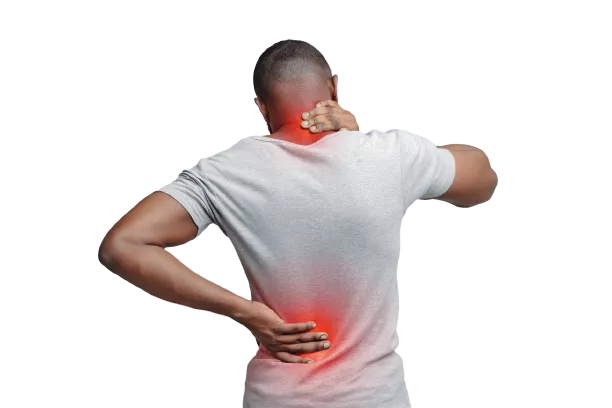
Conclusion: The Type of Pain Matters
There is still much to be learned regarding the relationship between acute and chronic pain. For instance, researchers have been trying to understand when and why acute pain can shift over into chronic pain.
Given the fact that chronic pain affects millions upon millions of people in the United States each day and represents an enormous economic cost, a lot of resources are being spent to understand it. However, at the moment, there is much we don’t know.
- King, W. (2013). Acute pain, subacute pain, and chronic pain. Encyclopedia of pain, 10, 978-3.
- Sinatra, R. (2010). Causes and consequences of inadequate management of acute pain. Pain medicine, 11(12), 1859-1871.
- Alam, A. (2019). Herbs that heal Spices: The hoard of natural remedies. Ann. Phytomed, 8(2), 7-18.
- Humo, M., Lu, H., & Yalcin, I. (2019). The molecular neurobiology of chronic pain–induced depression. Cell and tissue research, 377(1), 21-43.
- Hayes, C., Naylor, R., & Egger, G. (2012). Understanding chronic pain in a lifestyle context: The emergence of a whole-person approach. American Journal of Lifestyle Medicine, 6(5), 421-428.
- Voscopoulos, C., & Lema, M. (2010). When does acute pain become chronic?. British journal of anaesthesia, 105(suppl_1), i69-i85.
- PAIN, C. (2002). Pain management: classifying, understanding, and treating pain. Hospital Physician, 23, 1-8.

